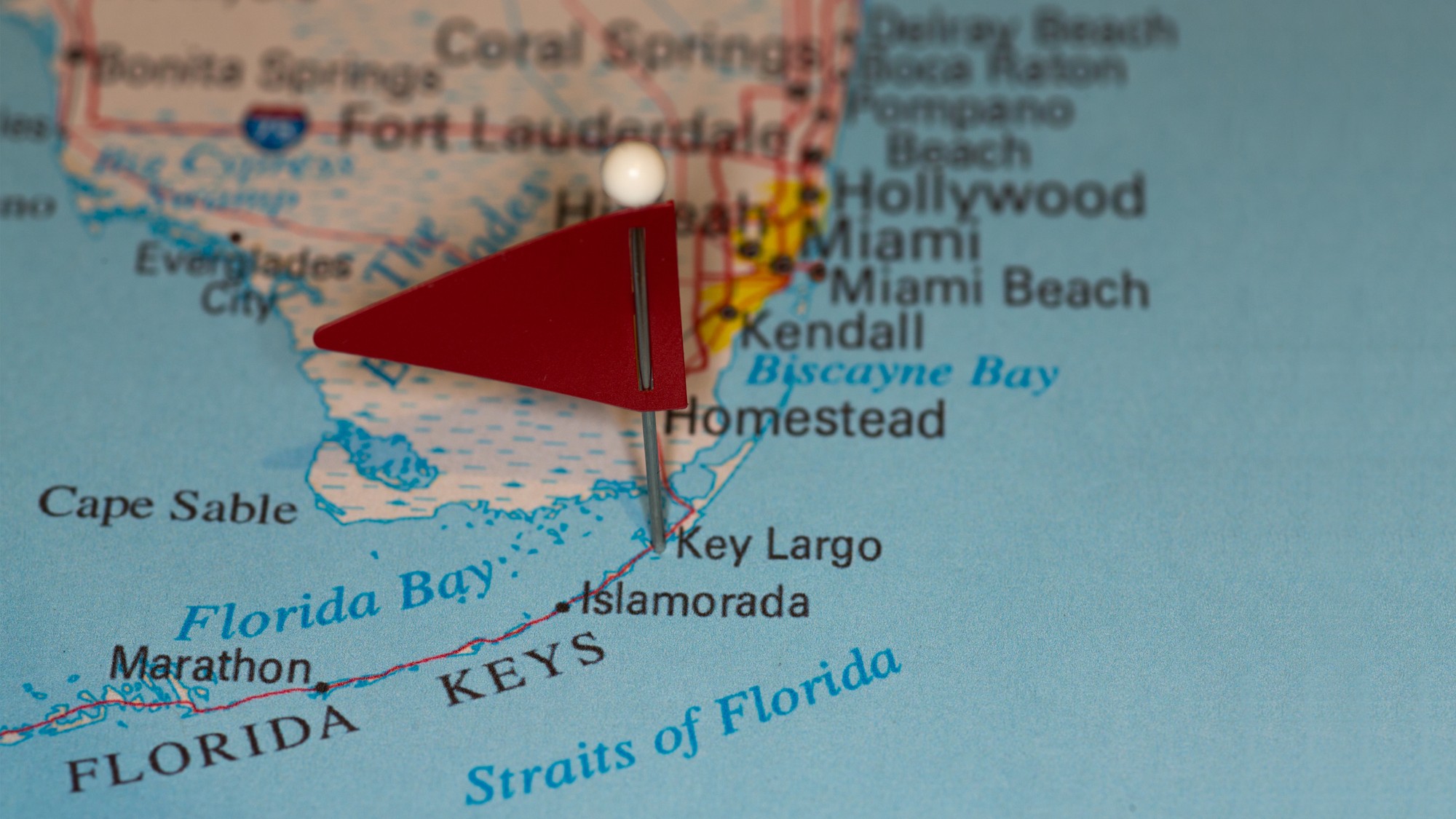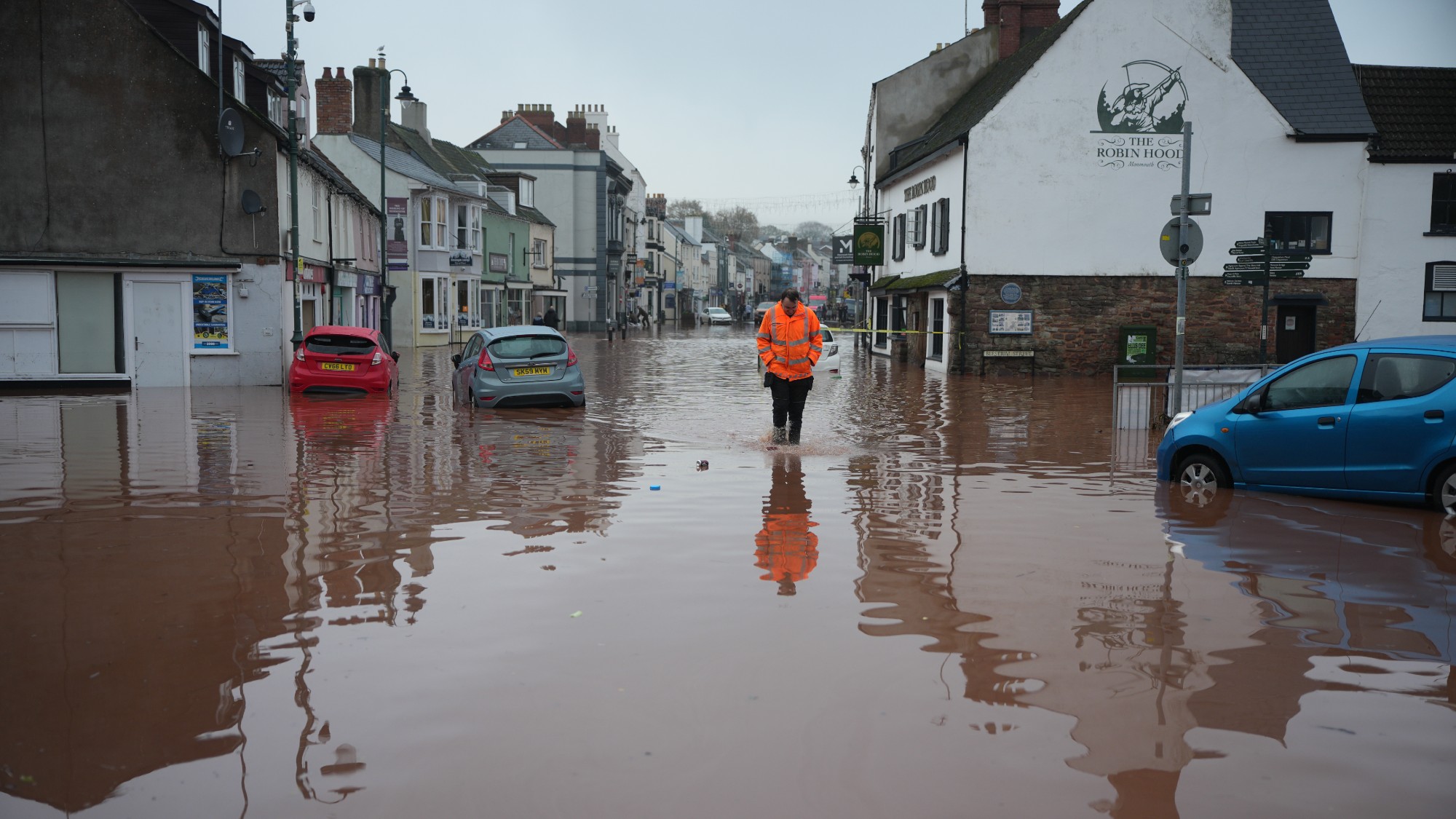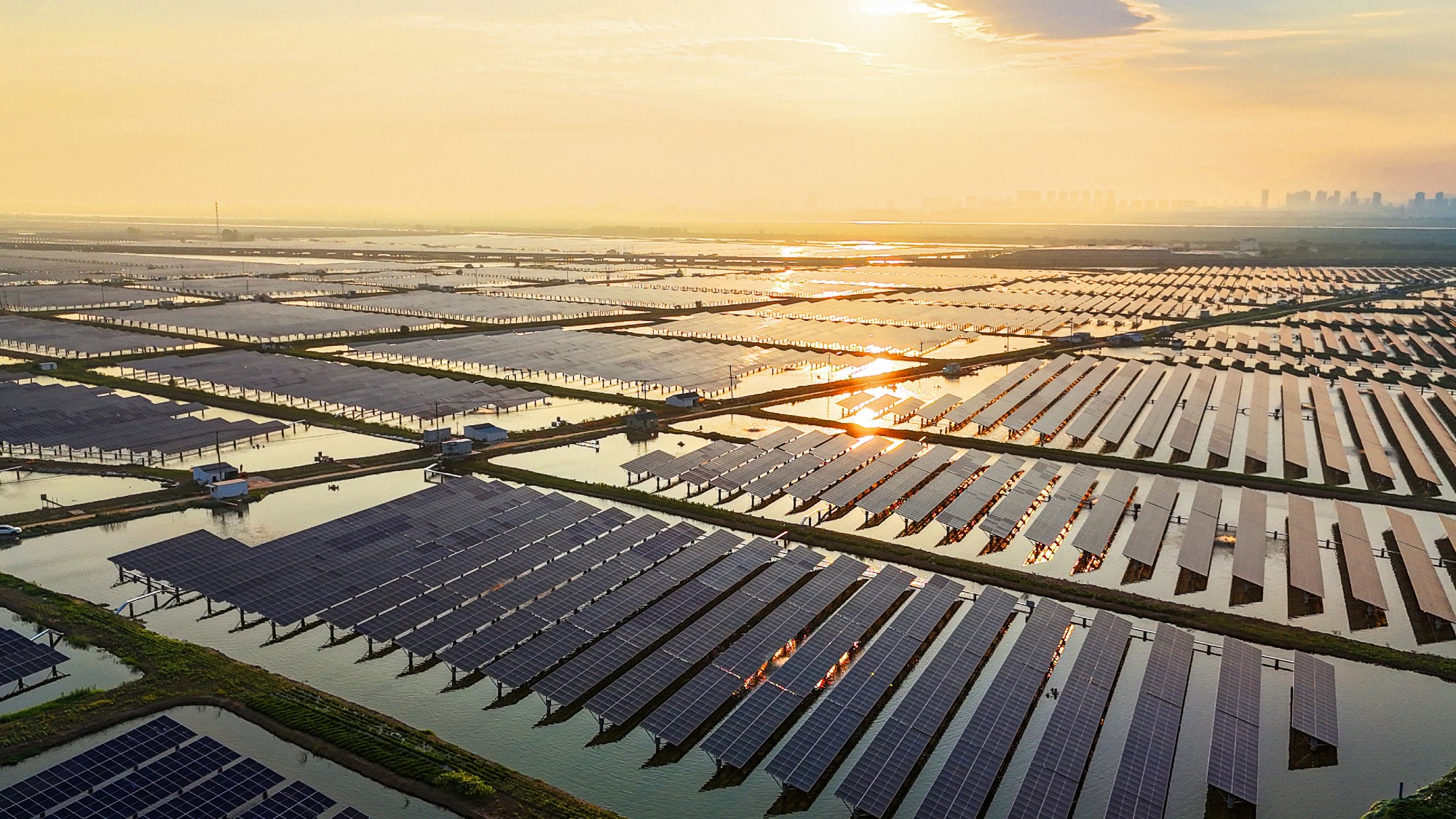The first US species has been driven to extinction due to sea level rise
The cactime is up


The population of the Key Largo tree cactus has been wiped from the Florida Keys. While scientists are now working on a potential restoration, more species will likely see similar fates as climate change worsens and sea levels continue to rise.
Why did it become extinct?
In a study published in the Journal of the Botanical Research Institute of Texas, the species has been deemed locally extinct, meaning "researchers know of no naturally growing Key Largo cacti in the United States," the study said. While the plant can be found in other countries around the Caribbean, "it's a big deal when we lose species from an entire country," George Gann, a co-author of the study, said to The Washington Post.
The cactus tree population was diminished through saltwater inundation and soil depletion. The site where the species grew "originally had a distinct layer of soil and organic matter that allowed the cactus and other plants to grow, but storm surge from hurricanes and exceptionally high tides eroded away this material until there wasn't much left," said the Florida Museum of Natural History.
The Week
Escape your echo chamber. Get the facts behind the news, plus analysis from multiple perspectives.

Sign up for The Week's Free Newsletters
From our morning news briefing to a weekly Good News Newsletter, get the best of The Week delivered directly to your inbox.
From our morning news briefing to a weekly Good News Newsletter, get the best of The Week delivered directly to your inbox.
The area also saw excessive saltwater intrusion, which has been known to cause higher mortality rates among tree cacti. "The higher tides may have even made freshwater less available to small mammals and prompted the frenzy on the cactuses stems to quench their thirst," said the Post. The Key Largo tree cactus is now only found cultivated in two nurseries in Florida and not naturally in the wild.
What does this say about the future?
The untimely demise of the Key Largo tree cactus is only the beginning. "This is just one example of what's happening to dozens of species, and people need to understand that if we don't do something, this loss is just going to accelerate," Gann said to CNN.
Local species are more at risk because they usually require specific conditions to grow. "This is the first of many losses likely to be suffered in the coming decades" in the Florida Key region, said Jimmy Lange, a study co-author, to Salon. "Much of the unique Keys flora are found at relatively low elevations, even for the Keys. This situation is confounded by decades of habitat loss, degradation and other factors like invasive species that threaten the integrity of these terrestrial ecosystems."
All hope is not lost. Scientists have been cultivating the Key Largo tree cactus and are hoping to reintroduce the species in a new location on higher ground in the future. Government agencies are also working in association with scientists to prevent further biodiversity loss due to climate change.
A free daily email with the biggest news stories of the day – and the best features from TheWeek.com
But without addressing the root of the habitat destruction, not much can be done. "Unfortunately, the Key Largo tree cactus may be a bellwether for how other low-lying coastal plants will respond to climate change," said Jennifer Possley, the lead author of the study, to the Florida Museum of Natural History.
Devika Rao has worked as a staff writer at The Week since 2022, covering science, the environment, climate and business. She previously worked as a policy associate for a nonprofit organization advocating for environmental action from a business perspective.
-
 Bengal Tiger at the Baghdad Zoo: ‘funny, profound, must-see theatre’
Bengal Tiger at the Baghdad Zoo: ‘funny, profound, must-see theatre’The Week Recommends Rajiv Joseph’s ‘engrossing’ tragi-comedy about the absurdities of war
-
 Magazine solutions - December 19, 2025
Magazine solutions - December 19, 2025Puzzles and Quizzes Issue - December 19, 2025
-
 How weight-loss jabs are changing the way we eat
How weight-loss jabs are changing the way we eatIn The Spotlight Anti-obesity drugs have been a boon for Babybel but are supermarkets ready for a slimmed-down Christmas?
-
 Death toll from Southeast Asia storms tops 1,000
Death toll from Southeast Asia storms tops 1,000speed read Catastrophic floods and landslides have struck Sri Lanka, Indonesia, Thailand and Malaysia
-
 Can for-profit geoengineering put a pause on climate change?
Can for-profit geoengineering put a pause on climate change?In the Spotlight Stardust Solutions wants to dim the sun. Scientists are worried.
-
 How will climate change affect the UK?
How will climate change affect the UK?The Explainer Met Office projections show the UK getting substantially warmer and wetter – with more extreme weather events
-
 Can the UK do more on climate change?
Can the UK do more on climate change?Today's Big Question Labour has shown leadership in the face of fraying international consensus, but must show the public their green mission is ‘a net benefit, not a net cost’
-
 Did Cop30 fulfil its promise to Indigenous Brazilians?
Did Cop30 fulfil its promise to Indigenous Brazilians?Today’s Big Question Brazilian president approves 10 new protected territories, following ‘unprecedented’ Indigenous presence at conference, both as delegates and protesters
-
 Can the world adapt to climate change?
Can the world adapt to climate change?Today's Big Question As the world gets hotter, COP30 leaders consider resilience efforts
-
 Taps could run dry in drought-stricken Tehran
Taps could run dry in drought-stricken TehranUnder the Radar President warns that unless rationing eases water crisis, citizens may have to evacuate the capital
-
 The future of the Paris Agreement
The future of the Paris AgreementThe Explainer UN secretary general warns it is ‘inevitable’ the world will overshoot 1.5C target, but there is still time to change course
